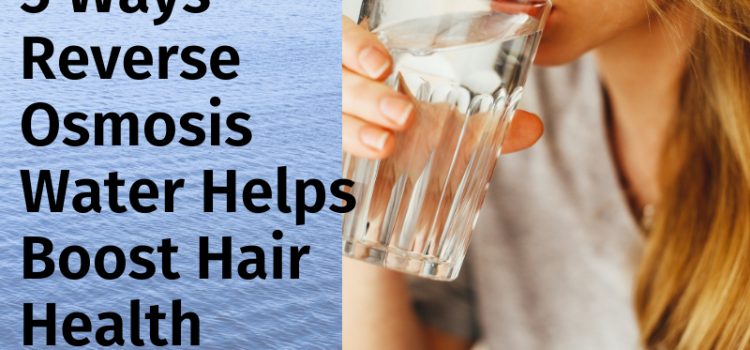Author Full Names: Williamson, Craig E.; Madronich, Sasha; Lal, Aparna; Zepp, Richard G.; Lucas, Robyn M.; Overholt, Erin P.; Rose, Kevin C.; Schladow, S. Geoffrey; Lee-Taylor, Julia
Source: SCIENTIFIC REPORTS, 7 10.1038/s41598-017-13392-2OCT 12 2017
Language: English
Abstract: Climate change is accelerating the release of dissolved organic matter (DOM) to inland and coastal waters through increases in precipitation, thawing of permafrost, and changes in vegetation. Our modeling approach suggests that the selective absorption of ultraviolet radiation (UV) by DOM decreases the valuable ecosystem service wherein sunlight inactivates waterborne pathogens. Here we highlight the sensitivity of waterborne pathogens of humans and wildlife to solar UV, and use the DNA action spectrum to model how differences in water transparency and incident sunlight alter the ability of UV to inactivate waterborne pathogens. A case study demonstrates how heavy precipitation events can reduce the solar inactivation potential in Lake Michigan, which provides drinking water to over 10 million people. These data suggest that widespread increases in DOM and consequent browning of surface waters reduce the potential for solar UV inactivation of pathogens, and increase exposure to infectious diseases in humans and wildlife.
The post Climate change-induced increases in precipitation are reducing the potential for solar ultraviolet radiation to inactivate pathogens in surface waters appeared first on Facts About Water.
Source: Water Feed








